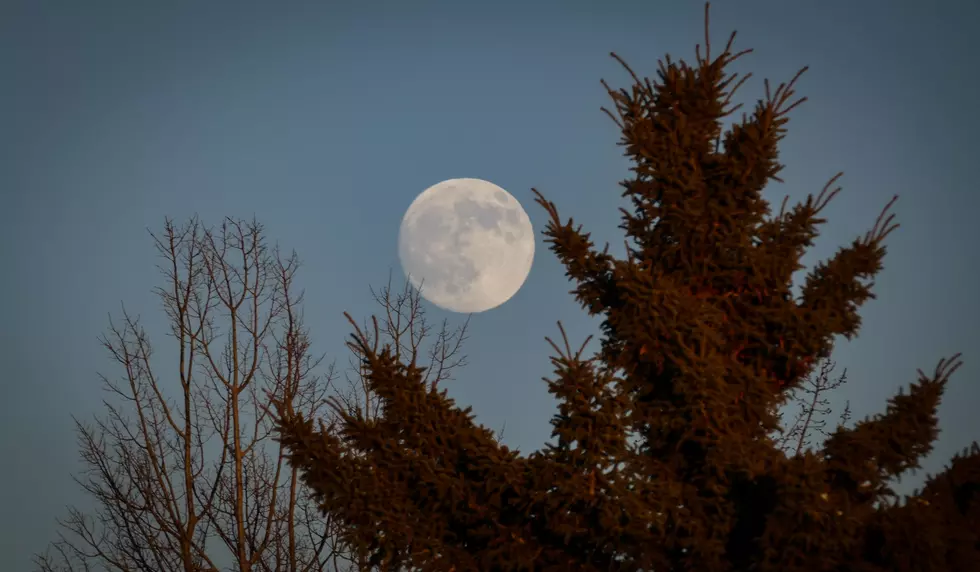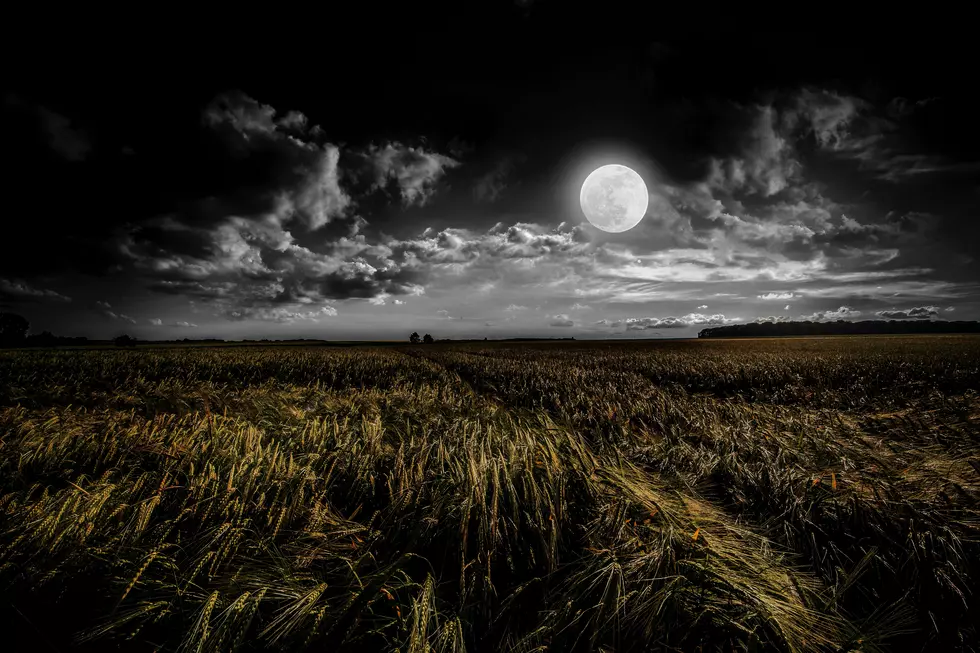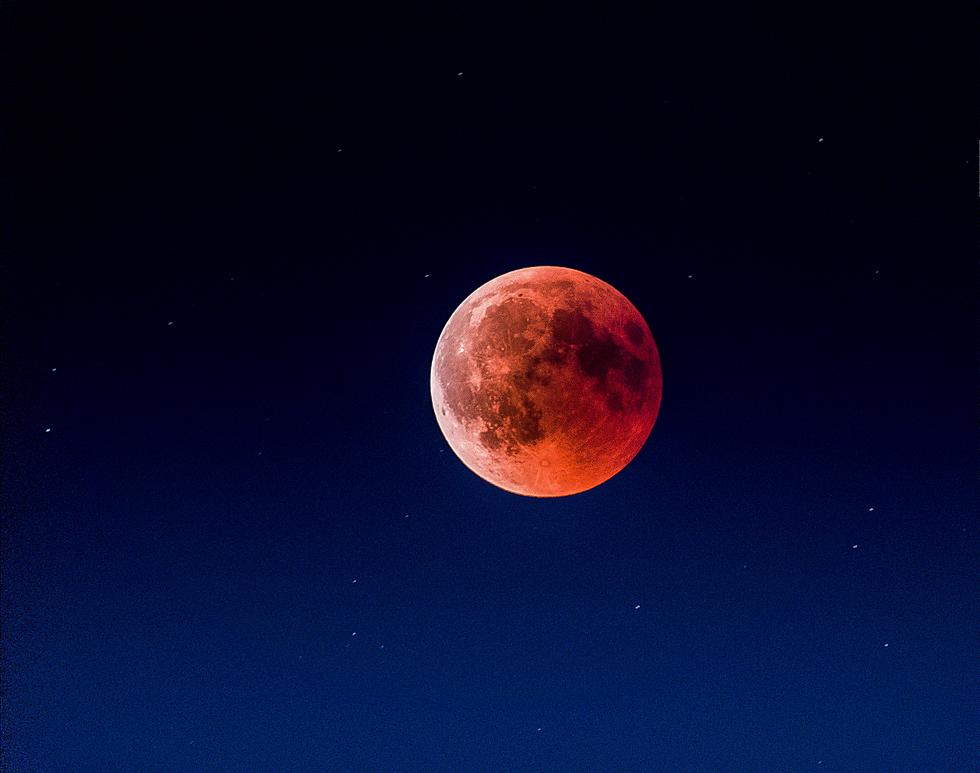
November Brings Full Beaver Moon + Total Lunar Eclipse Over IN, KY & TN
As if the celestial fireballs promised across Indiana, Kentucky, Tennessee, and other parts of the United States courtesy of the seven meteor showers happening in October aren't enough, it seems we'll be seeing a little lunar magic in November too.

Full Beaver Moon
On November 8, 2022, at 5:08 am CST, the moon will be full, reaching "peak illumination." Known as The full moon in November is known as The Beaver Moon because of the correlation between this time of year and when beavers begin to hide away for winter hibernation. According to Almanac.com,
This is the time of year when beavers begin to take shelter in their lodges, having laid up sufficient stores of food for the long winter ahead. During the time of the fur trade in North America, it was also the season to trap beavers for their thick, winter-ready pelts.
Total Lunar Eclipse Too
In addition to the Full Beaver Moon, most of North America will have the opportunity to view a total eclipse as the full moon takes to the sky. When the moon moves through the shadow of the Earth, light from the sun is unable to reflect back off the surface of the moon, creating a blackening eclipse. That darkness will last for a couple of hours until the moon is once again fully illuminated again as it moves out of the Earth's shadow. The shadow will cover the entirety of the moon making it a total lunar eclipse.
When To See The Lunar Eclipse
The celestial event is expected to take place on November 8, 2022, between 2:02 am CST and 7:56 am CST. According to TimeDate.com, the lunar eclipse will reach totality at 4:59 am CST. It is worth noting that as the full eclipse ends, and the coverage is reduced to partial eclipse status, we won't be able to see the moon return to full illumination as it will have already set on the horizon at this time.
How to Watch a Lunar Eclipse
According to Space.com, lunar eclipses are not difficult to view and they suggest that you bring things like chairs, blankets, and even a warm beverage to help you stay comfortable while you look at the sky.
You don't need a telescope or any other special equipment. However, binoculars or a small telescope will bring out details on the lunar surface — moonwatching is as interesting during an eclipse as it is at any other time. If the eclipse occurs during winter, bundle up if you plan to be out for the duration — an eclipse can take a couple of hours to unfold. Bring warm drinks and blankets or chairs for comfort.
If you want to take photographs of the Full Beaver Moon or the total lunar eclipse, Space.com also offers some tips and tricks to maximize your photographs.
How to Take Professional Quality Photos with Your Phone
LOOK: The most expensive weather and climate disasters in recent decades
More From WOMI-AM









